Is Curaçao a queer-friendly Caribbean paradise?
Things are changing in the Caribbean and if you know which islands are welcoming, you are likely to discover paradise
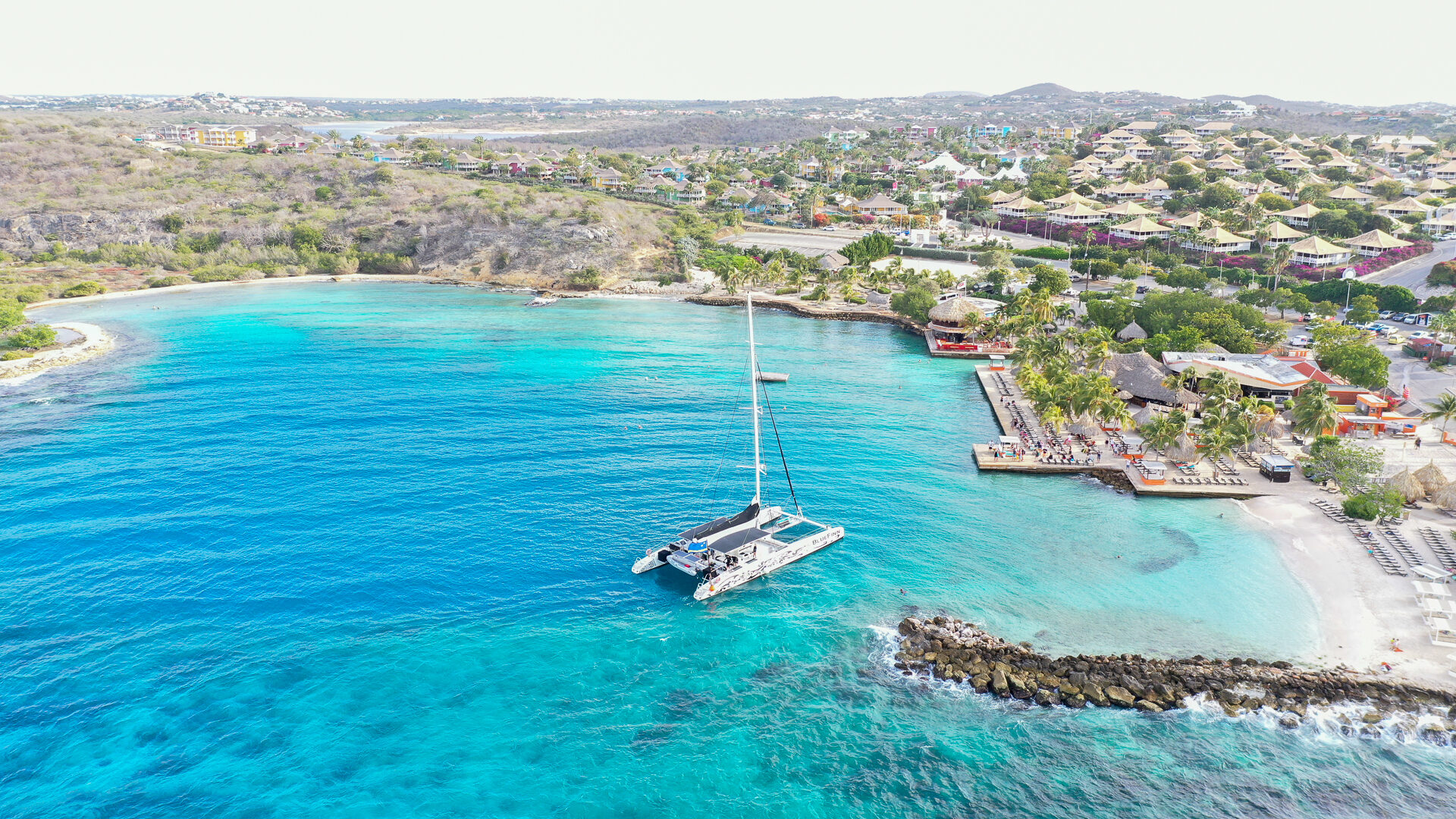
As a third-generation Jamaican, born and raised in London, I have long considered homophobia part of my cultural inheritance. The Caribbean has never been on my must-see bucket list — not even my parents have visited.
Jamaica’s cultural and legal allegiance to homophobia has been an enduring barrier between me and the region, my ancestral home. As a gay man, I always felt there were only two options with the Caribbean: staying in a resort, where it is safe and inauthentic — or not visiting at all. My trip to the island of Curaçao proves I was wrong.
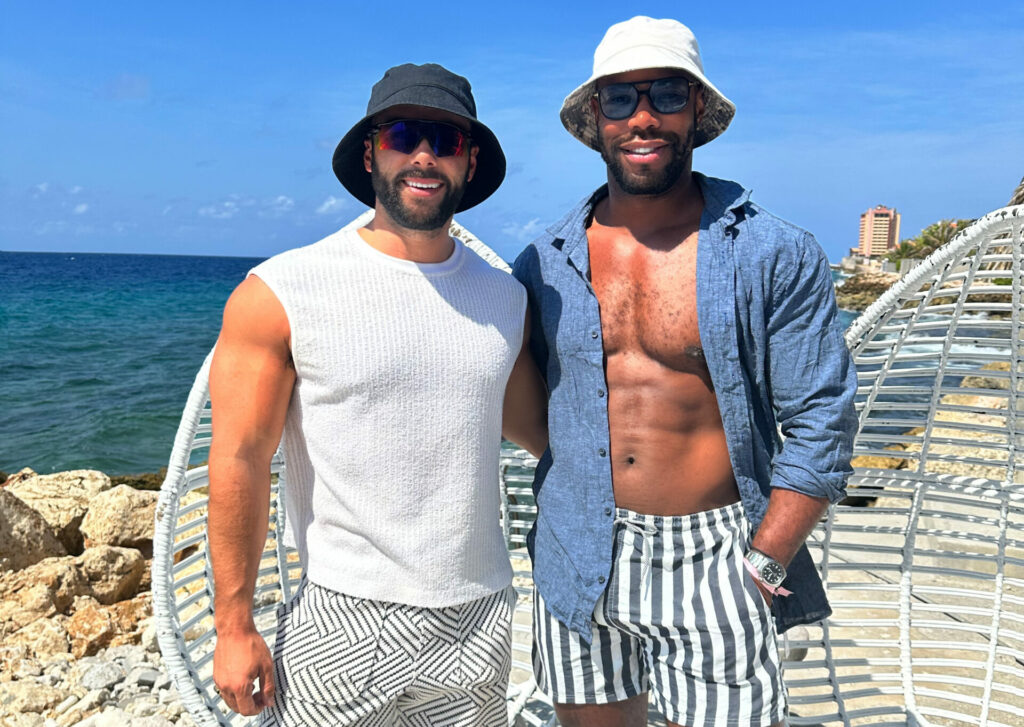
Activists in the Caribbean have made remarkable progress in challenging laws, institutions, and attitudes that have left LGBTQ+ people vulnerable.
From the overturning of Section 13 of Trinidad and Tobago’s Sexual Offences Act in 2018, the first-ever Pride parade in Barbados in the same year, to Curaçao’s fight for marriage equality, there is hard-earned hope for LGBTQ+ communities across the Caribbean and its diaspora that the places we call home — or would like to — might finally love us back.
So, accompanied by the realities of history and hope for the future, I accepted an invitation to visit Curaçao for its 11th Pride celebration this year, accompanied by my boyfriend.
Located in the southern Caribbean Sea and known for its crystal waters, coral reefs, and vibrant culture, Curaçao was originally inhabited by the Arawak people, who arrived on the island around 1000 AD. In 1499, the Spanish explorer Alonso de Ojeda claimed Curaçao for Spain during Christopher Columbus’ second voyage to the Americas. By the early 17th century, the Dutch West India Company took control. Curaçao became a crucial hub for the Dutch Atlantic slave trade. During the late 18th and early 19th centuries, Curaçao briefly fell under British and French rule. More recently, Curaçao has experienced periods of political change and economic challenges. However, it continues to evolve as it seeks to balance its cultural heritage with contemporary development.
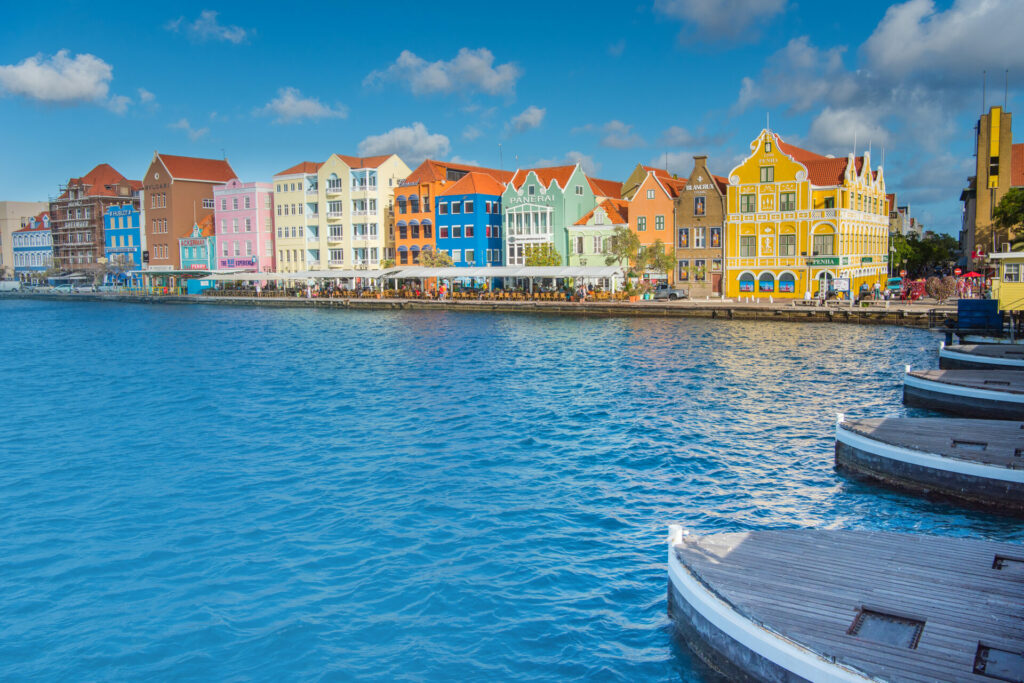
Today, Dutch and English are widely spoken, but the word I hear most often in Curaçao is ‘dushi’. The word is mostly used as a term of endearment and roughly translates as ‘sweetheart’. It is also used to describe something as delicious, a good moment or just feeling good. I find many opportunities to use it on my trip.
On our first day, we venture into the centre of Willemstad, Curaçao’s capital and a UNESCO World Heritage site. We tour the city on electric motorcycles with Green Wheels. Our guide is the charismatic ‘Super Cliff’, who takes us to fresh juice bars, a distillery, and local stores. During the excursion, I keep stopping to feed watermelon slices to the free-roaming iguanas — much to the entertainment of the locals. Iguanas are to Willemstad what pigeons are to London — but I would do it again!
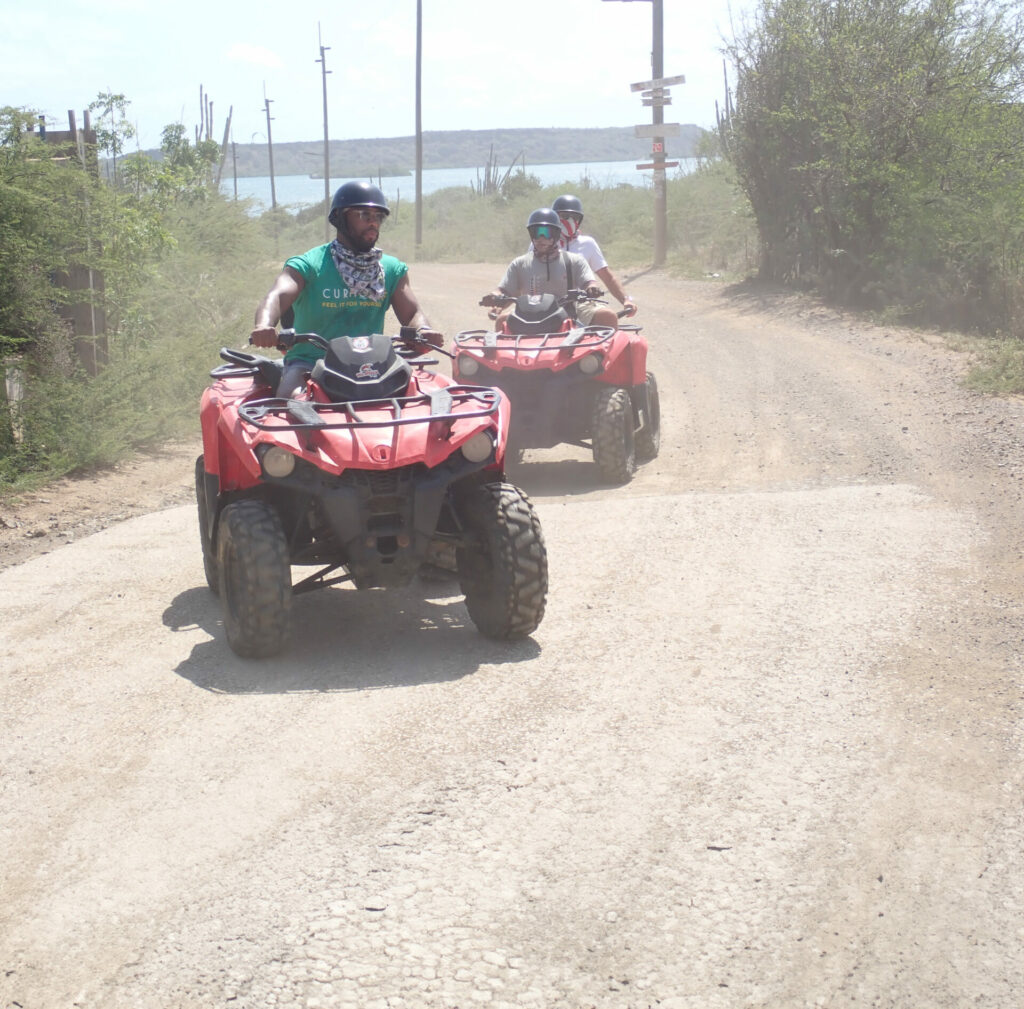
The heart of Willemstad is divided into two distinct districts: Punda and Otrobanda. They are connected by the Queen Emma Bridge floating pontoon bridge known locally as the “Swinging Old Lady”. Punda, on the east side, is characterised by its pastel-coloured buildings adorned with ornate facades.
Its relatively wide streets are home to boutique shops, lively markets, and delicious dining. The historic Fort Amsterdam, dating back to the 17th century, is a great visit for the history buffs among us.
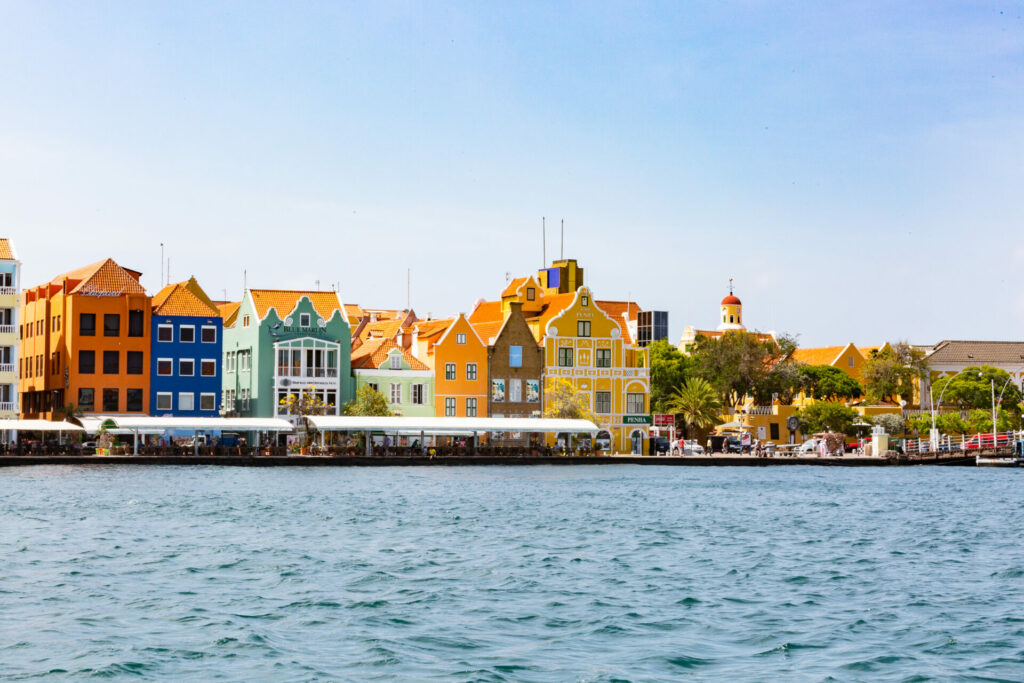
Otrobanda, meaning ‘the other side’, is a more modern neighbourhood to the west. While it may not have the same historical charm as Punda, it offers a vibrant nightlife scene.
Willemstad’s colonial-era architecture is a sight to see, but I’d argue the innumerable murals painted across the city’s buildings — new and old alike — are the real attraction. They depict not only famous locals but those who have celebrated their 100th birthday as well as the young and old alike who have passed away.
They’re a cultural treasure protected not by law, but by collective respect for the friends and family of those immortalised. Being a muralist is an honourable profession. It’s a role entrusted to those with a talent for preserving in paint the endurance and joy evidenced in life by those memorialised.
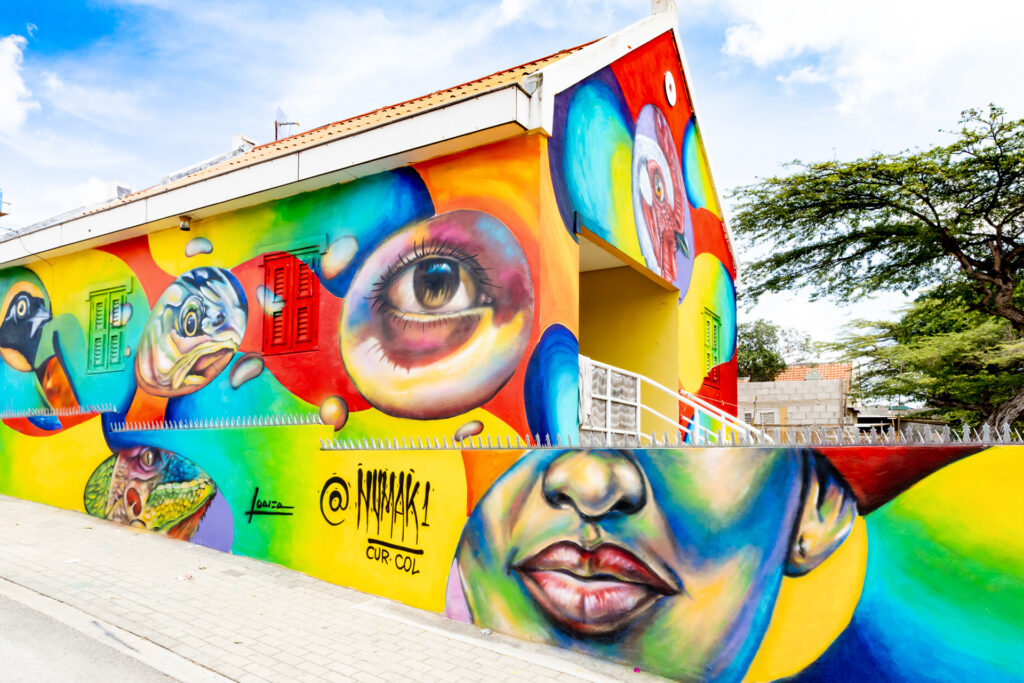
The city’s rich cultural heritage is preserved more formally in the Curaçao Maritime Museum and the Kura Hulanda Museum. Our tour also takes in the city’s stunning beaches, like Seaquarium Beach and neighbouring Mambo Beach, which invite relaxation. They also offer all kinds of water sports.
The next day, a large catamaran with BlueFinn Charters departs from Mood Beach, an Ibiza-like beach club and resort, to circle the island as our singing and dancing tour guides entertain us with various coastal highlights and encourage us off the boat and into the crystal-clear waters. Snorkelling is a standout experience, and I feel like I’ve plunged into a Disney live-action film as we dive to visit shipwrecks accompanied by inquisitive fish that swirl and dart around us.
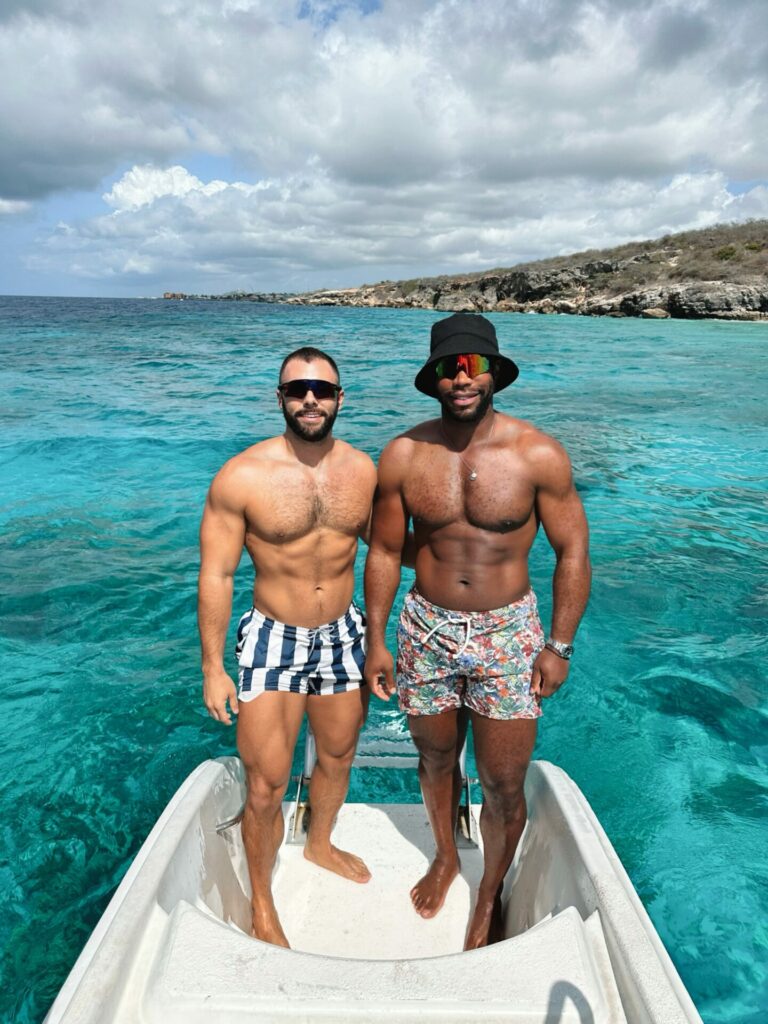
Although I’m more of a beach club and cocktails type of vacationer, one morning I’m feeling adventurous. I decide to climb 1,239 feet up Mount Christoffelberg. Within an hour’s drive of Willemstad, Christoffel National Park covers 1,860 hectares. Both the journey there and its surrounding areas are a fantastic opportunity to see life outside the city.
We visit the dramatic Boka Grandi on the way, a spot on the coast where the sea is so rough that it has carved its way into the cliff rock and now produces huge water shoots. On the mountain, it doesn’t take long for nature to let us know we’re not alone. Circling eagles, roaming goats, and the sound of the occasional rattlesnake animate the humid air. Unlike the iguanas wandering Willemstad, the iguanas here are huge!
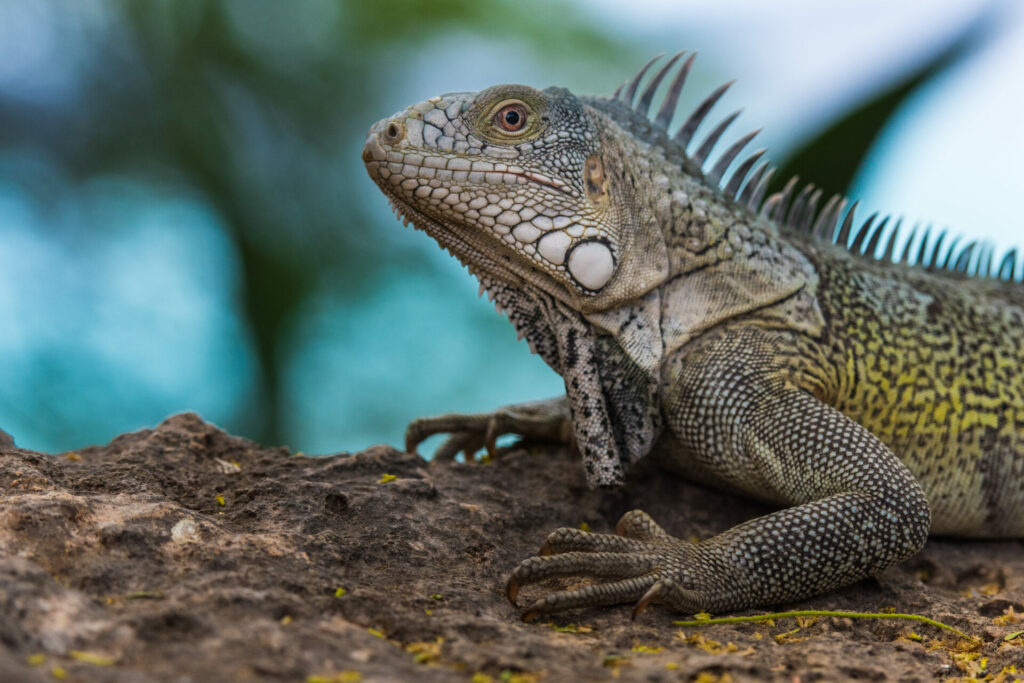
On an east-to-west-coast tour with Eric’s ATV Adventures, we take quad bikes off-road and pass through some beautiful neighbourhoods and up hills to see the east side of the island and its coastal areas from above.
For lunch, we visit Plaza Bieu located in the heart of Punda to try the cactus soup (kadushi), and other Curaçaoan dishes. An historic slave eating hall, it’s the place to find local food and people, who eat at picnic tables from open kitchens. We also dine at Pasawà Box Eatery, an outdoor street food venue with live music, cocktails, and loved-up couples on date nights, and Sweet Sin Brasserie in Midtown, where they host a gay night during Pride.
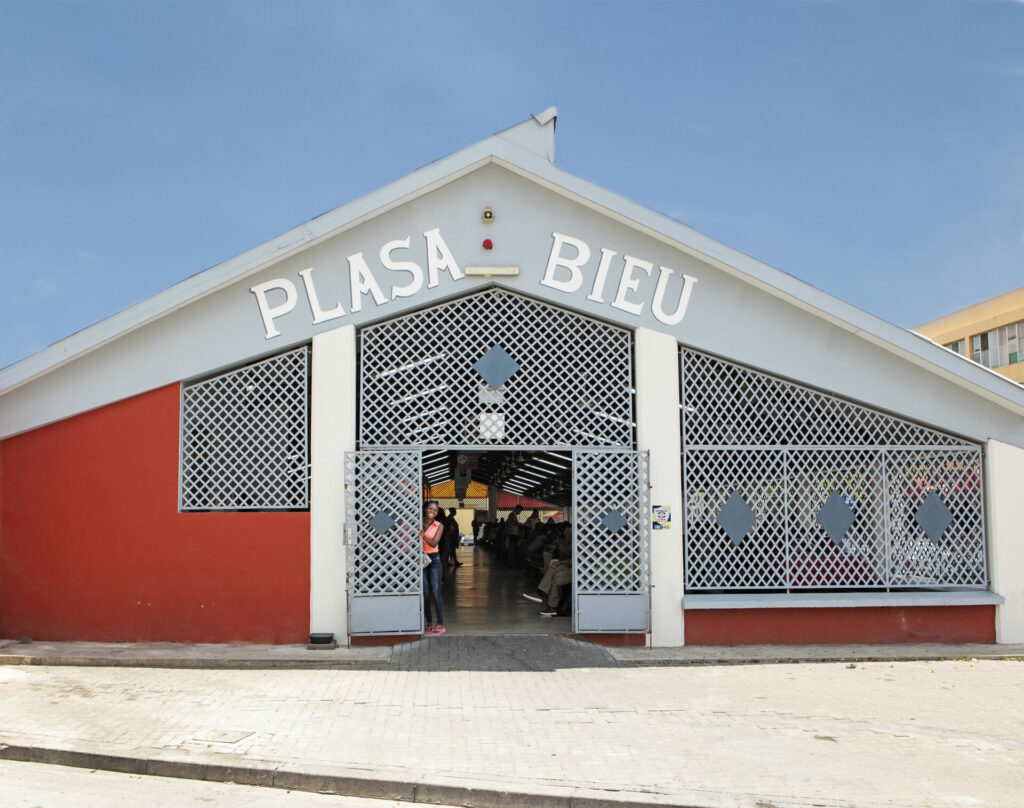
For the hottest waiters, Mood Beach is the place to be served, while we felt properly pampered at the plush Papagayo Beach Club at Sunbuns Beach. Of course, we have to pay a visit to the island’s gay bar, GAZE Bar & Lounge.
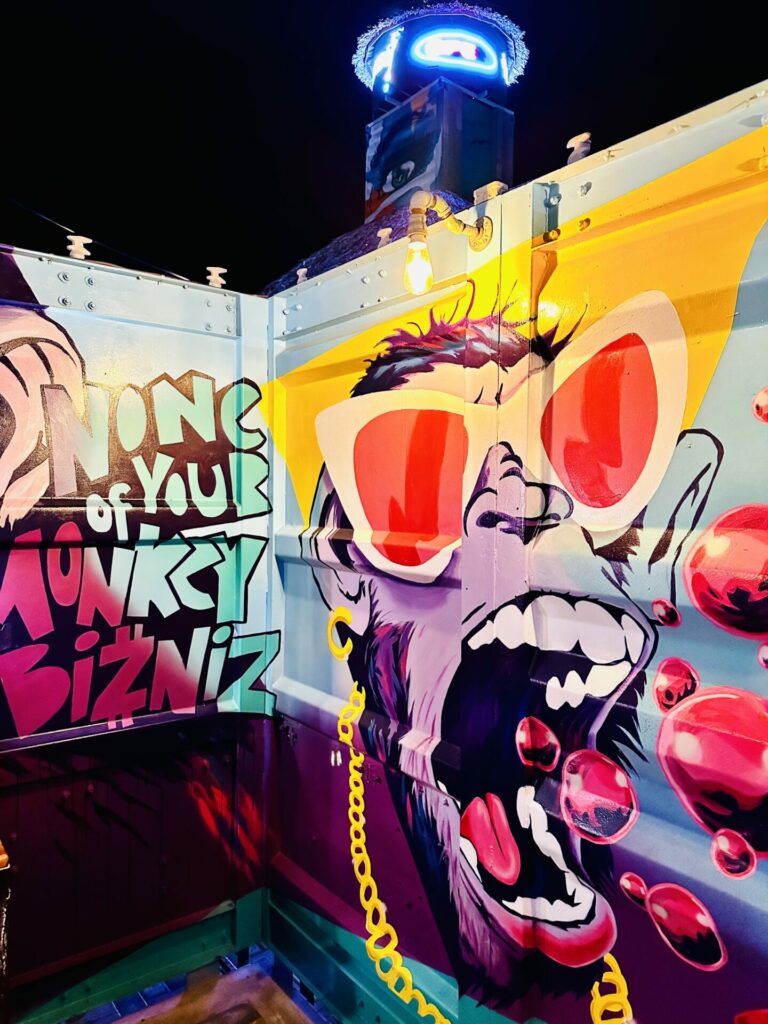
The late nights give way to mornings that are made heavenly at BijBlauw Boutique Hotel, which features beautiful and uninterrupted views from our gigantic bed overlooking the Caribbean Sea. We dub our room the ‘honeymoon suite’.
The hotel is stylish and comfortable, and the on-site restaurant offers delicious European and Caribbean cuisine, where I cannot get enough of the fresh seafood and tender meat. The 13-room BijBlauw is a top-tier beachfront homestead, with a plunge pool for cooling off. Despite the heat, the BijBlauw keeps us cool with silent air conditioning and chilled refreshing tropical cocktails served with warm smiles and faultless hospitality.
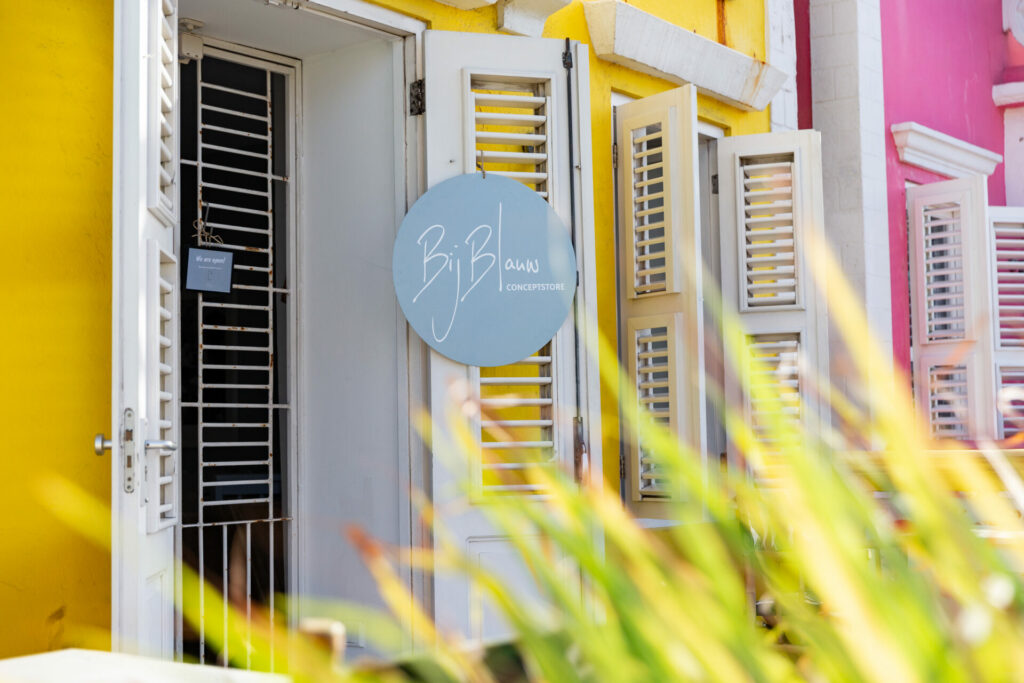
With Curaçao Pride approaching, who really benefits from travelling to the two-week-long event is a burning question of mine. Charles Jansen, head of Pride, tells me in no uncertain terms that it is the 192,077 people of Curaçao — and this isn’t just financial gain.
“It’s so important that people from this island leave, see and experience the world and return with their experiences and knowledge,” Jansen tells me. “Tourism is not just about inspiring those visiting here. Meeting and expanding social networks is so important to this island, and that includes the LGBTQ+ community.”
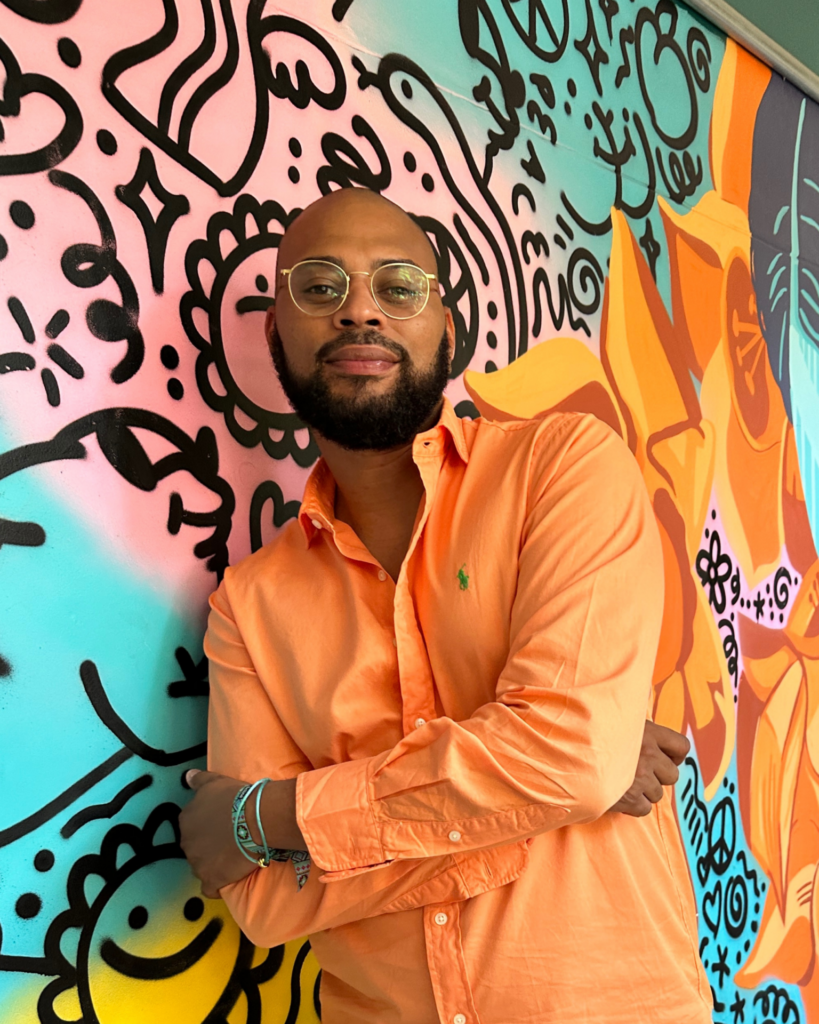
Activist Liam Rezende, who was part of a team of crusaders who successfully campaigned to decriminalise homosexuality in Trinidad and Tobago, is on the board for Open For Business, which is a coalition of global businesses advancing LGBTQ+ rights globally by making the business and economic case for inclusion.
“In the Caribbean, there has been an active and thriving LGBTQ+ movement for decades,” says Rezende. “Our research shows that LGBTQ+ discrimination is actually costing the Caribbean up to $4.2 billion (US) per year, which is the equivalent of 5.7 percent of the collective GDP. Anti-LGBTQ+ laws and stigma are costing the tourism industry up to $689 million (US) a year.”
Pride parades, film festivals, and a cultural programming that celebrates LGBTQ+ identity are important vehicles for continued dialogue about queer rights and acceptance in the Caribbean. These events can be transformative, helping to humanise the community and dismantle prejudices.
Curaçao has done a lot of work to make sure it’s a safe place to visit for LGBTQ+ travellers. “There has never been one case of ‘gay-bashing’ on the island,” Jansen proudly asserts. “There aren’t a lot of things for LGBTQ+ tourists to be mindful of when travelling to Curaçao — however, Curaçaoans are very sentimental, spiritual, and often religious. If you’re looking for the Pride debauchery of Berlin or Madrid Pride, you won’t find it here.”
To warm up for Pride, we have cocktails at Rif Fort Village and chat with tourists and locals as the air in the historic square fills with celebratory energy. As with most Prides, some are here to party, some to watch, but most are gearing up for the parade.
Jansen announces that we are ready to take our Pride journey, and almost instantly, a further 250 people suddenly arrive. Having enjoyed more margaritas than I realise, I find myself holding a section of the 20-foot flag along with 15 others and we make our way along St. Anna Bay.
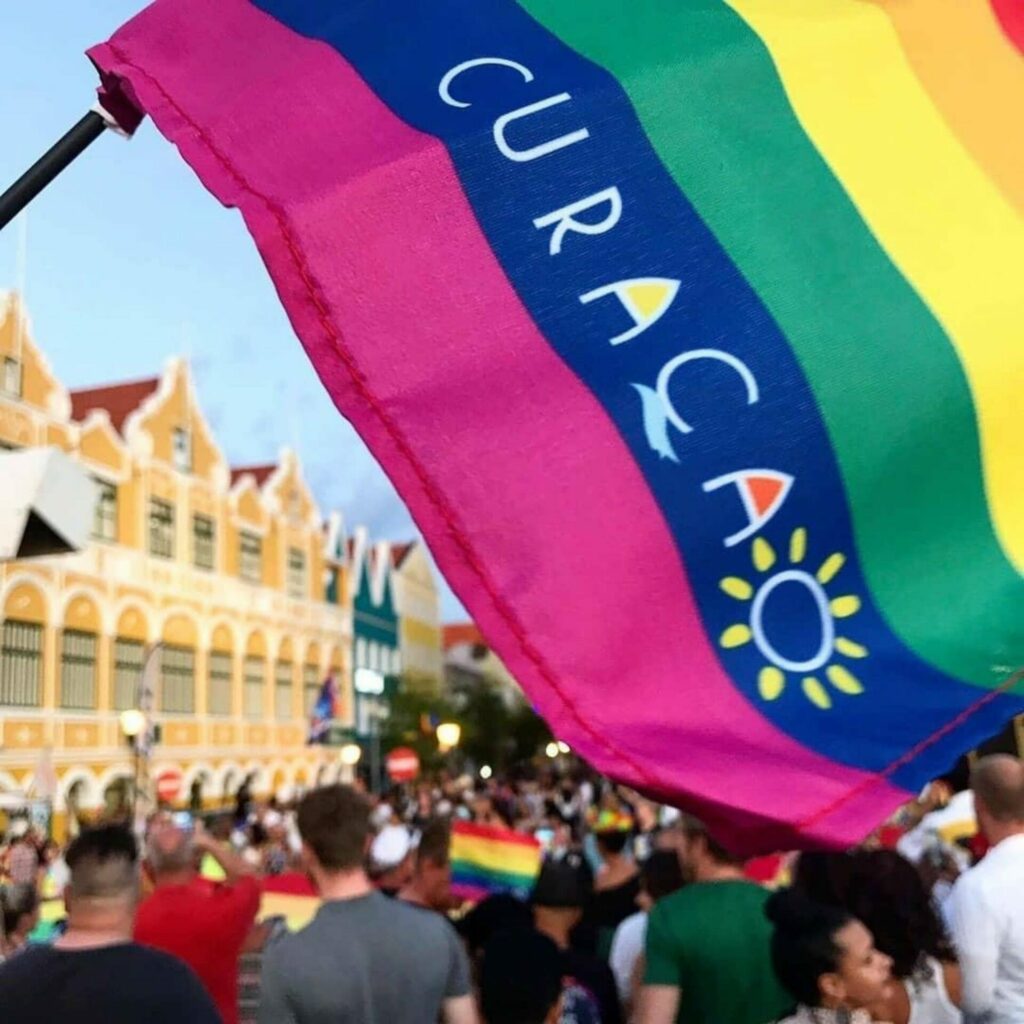
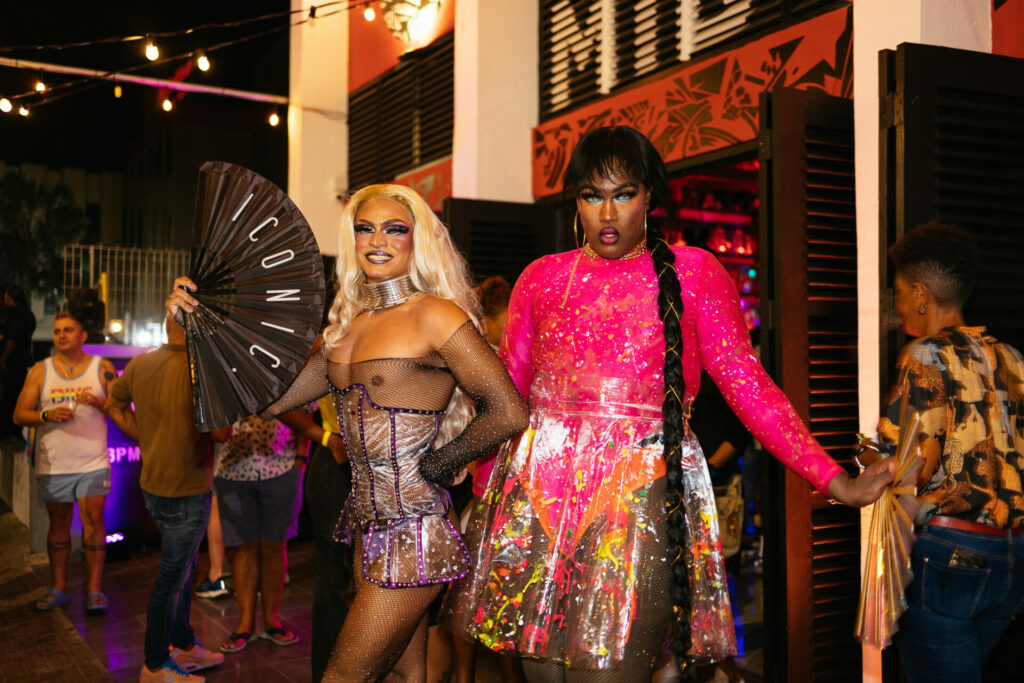
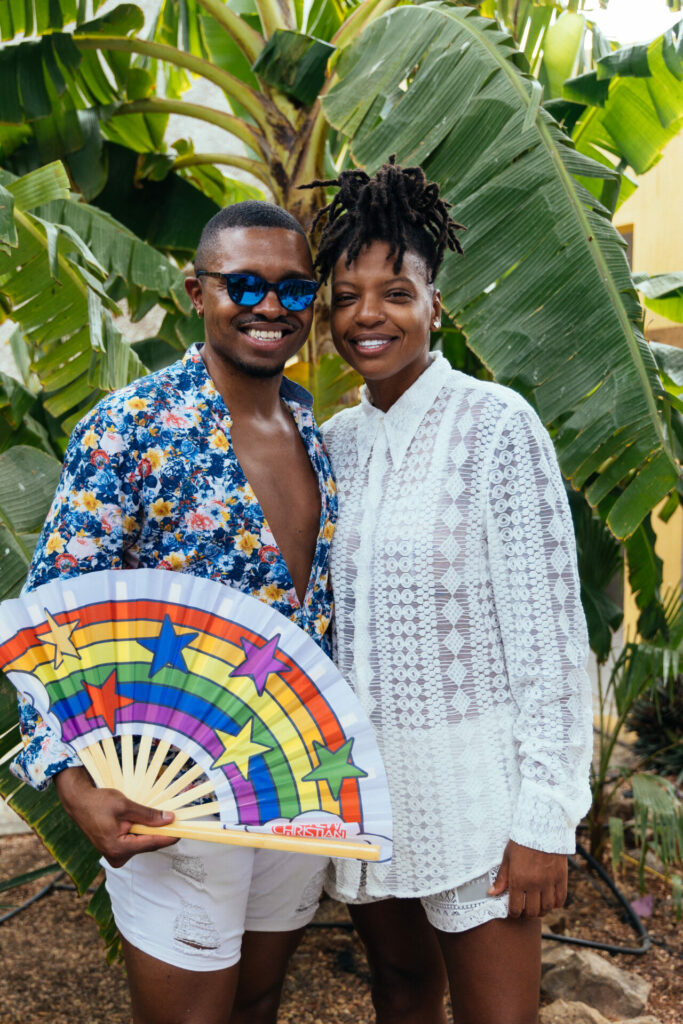
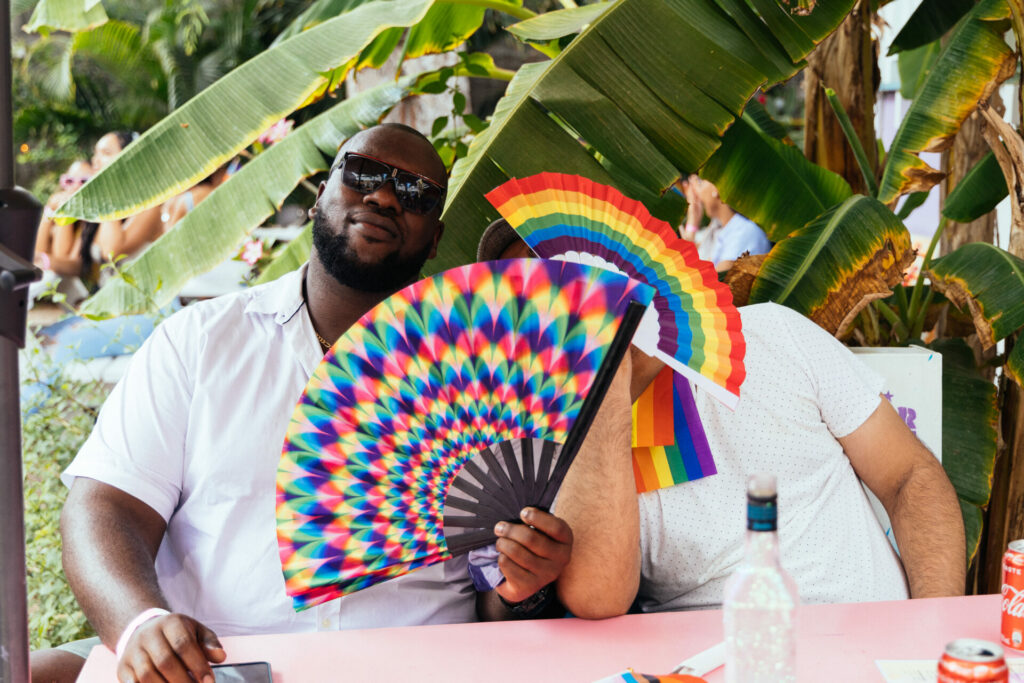
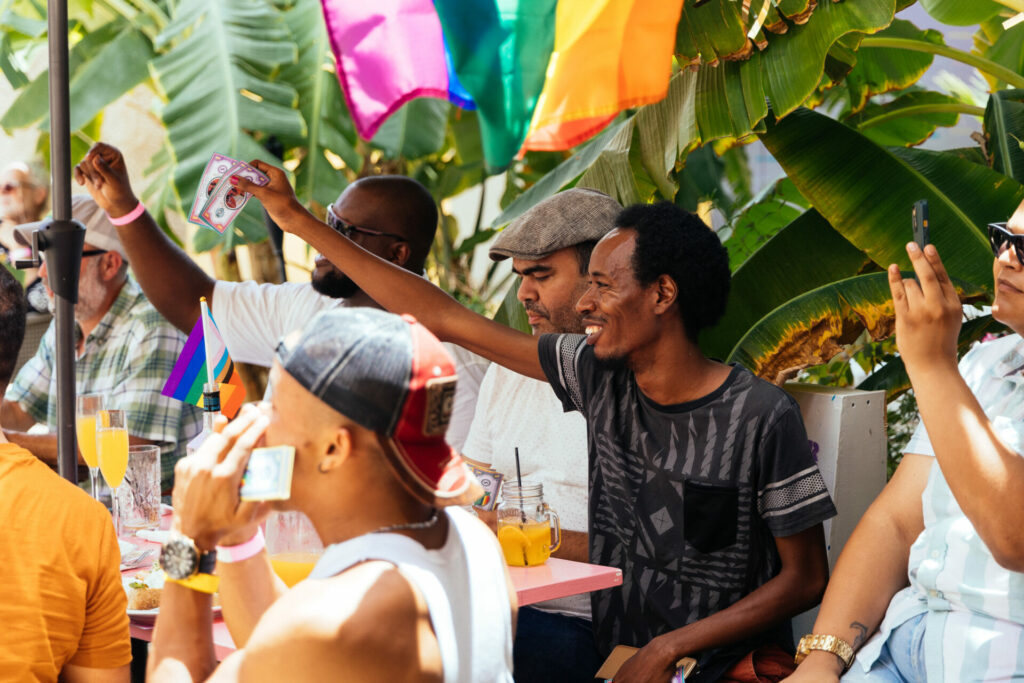
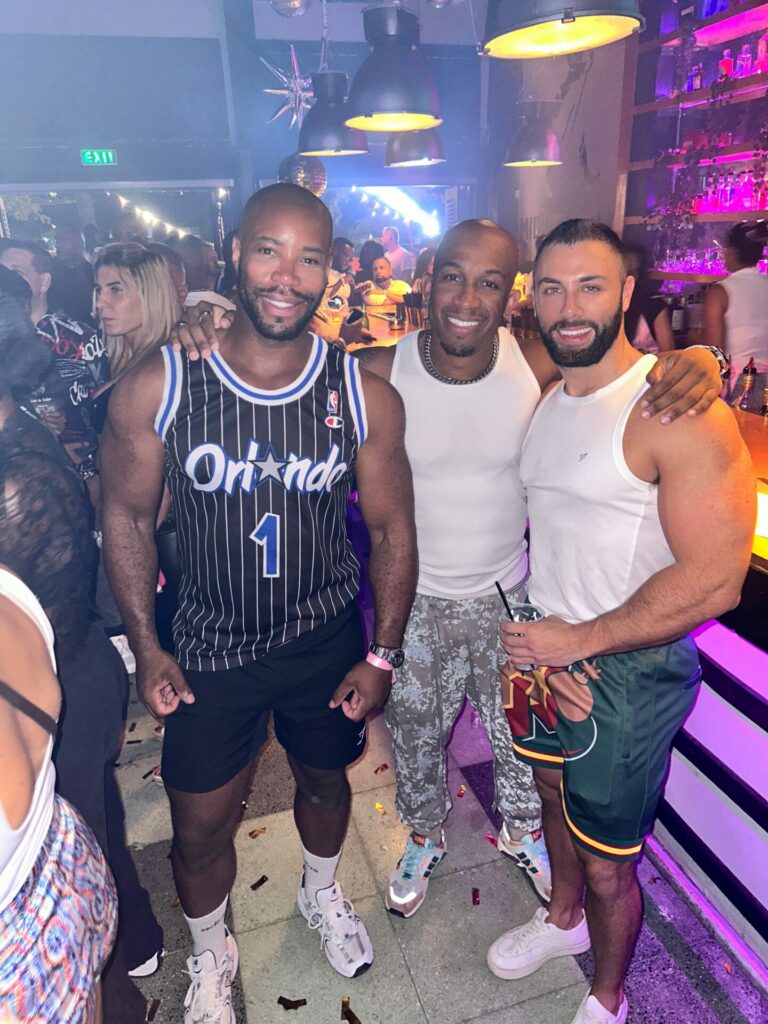
Led by a steel band and a queen on stilts, the cheers and atmosphere are electrifying. Realising that I’ve never been in a Pride parade before, I suddenly understand the pure joy that comes with participation. The floating Queen Emma Bridge is lit in rainbow colours as it bobs under the sheer number of revellers, drones fly overhead and locals wave, many with small children on their shoulders.
We walk for 20 minutes to Wilhelminaplein Square, laughing and dancing the entire time. We use the term ‘multicultural’ a lot in the UK; however, looking around, this is truly the embodiment of the term. It’s also a sobering reminder of something our queer elders often recall: that Pride is also a protest. We make it to the courthouse and are greeted by a well-timed firework display to Katy Perry’s ‘Firework’.
Unbelievably, I bump into a friend’s ex, who is also visiting the island, and we marvel at how small the world can feel — an important reminder of the power of Pride in bringing an international community together. Many Brasas — the local beer — and conversations later, we somehow find our way back to the hotel.
In an interview following the inaugural Curaçao Pride in 2013, former Pride president Frank Holtslag said, “When [Pride] first debuted in 2013, the event initially met with disapproval from the community, but local attitudes have been changing.” If this was the case just a decade ago, it only goes to show the power of Pride events and what celebrating who we are in the open air can do to change perceptions.
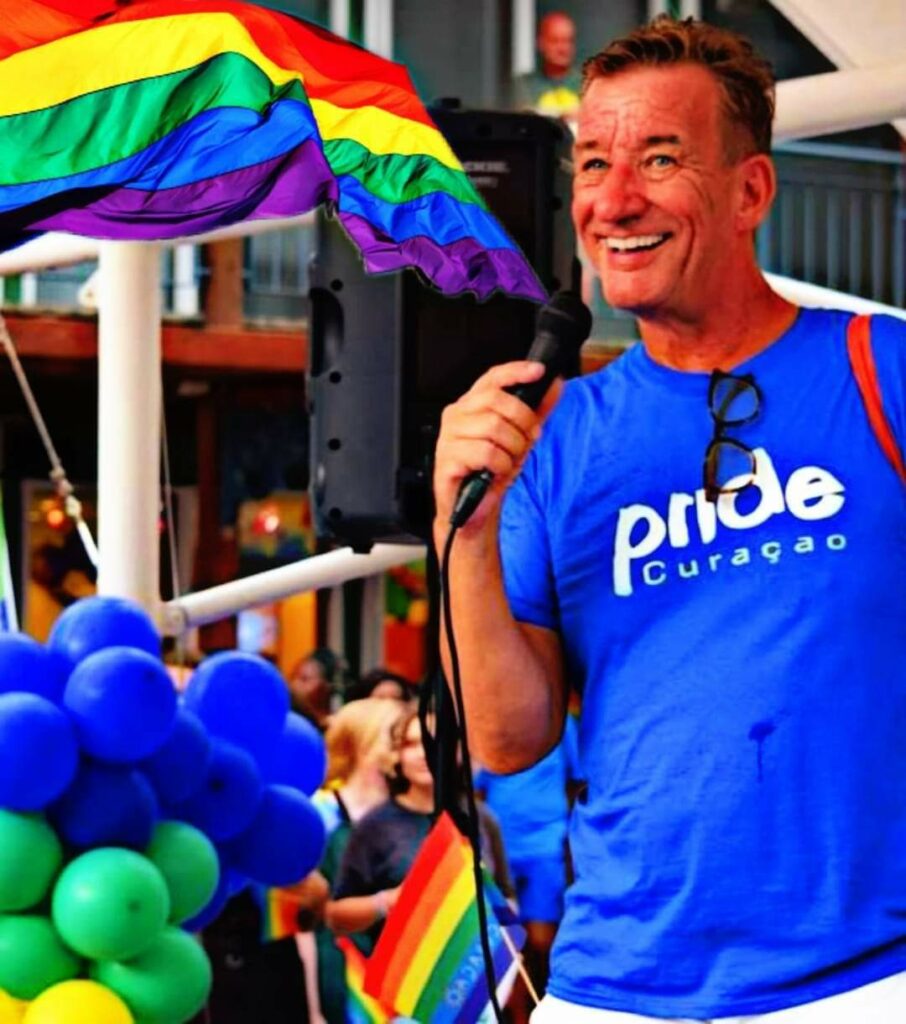
My partner and I didn’t feel any sense of disapproval or danger while in Curaçao or while attending any of the Pride events. Having spent some time with Holtslag, I ask if our experience is a true reflection of attitudes on the island. “There is, of course, still work to do, but look around — we’re here and celebrating,” he says.
After five days of fun, Curaçao continues to celebrate with a series of parties. While Curaçao’s history is marked by colonisation and the slave trade, today it’s in the midst of a wondrous transformation into a unique, autonomous, and progressive Caribbean nation. Its cultural diversity and natural beauty make it a fascinating destination. The willingness to leverage Pride to further put it on the map and invite LGBTQ+ people to celebrate among its locals is admirable.
If you want smiling people, pelicans flying across cloudless skies and tasty cuisine, you have found the right place. I started this trip unsure of what to expect. Curaçao has helped me find my spirit again. It’s taught me a valuable lesson about unfounded fear and made me so hopeful for all Curaçaoans — and indeed, LGBTQ+ people across the Caribbean. Dushi.
For more information on Curaçao vists curacao.com
